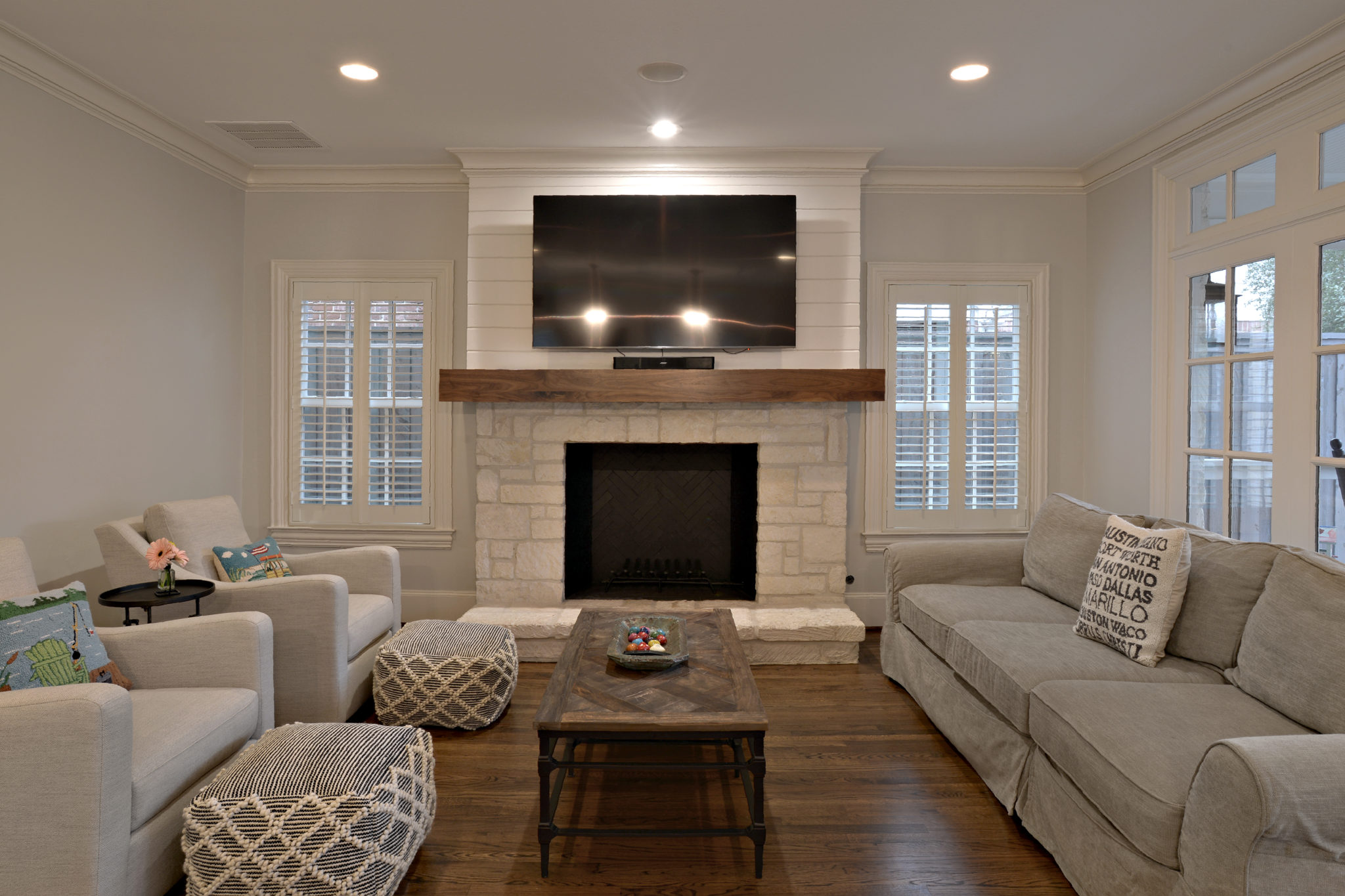With some planning and creativity, you can design an affordable home without compromising style. Here are tips from interior designers on finding budget-friendly solutions.
Understanding Your Style
Understanding your style is an important first step when designing on a budget. Take time to thoughtfully consider what aesthetic appeals most to you. Do some research online or by flipping through design magazines to help identify signature styles or elements that speak to your personality and lifestyle. For example, if you love spending time outdoors, you may want to incorporate natural materials like wood, stone or plants throughout your home.
Wanting a casual yet elegant vibe for the space, you utilize Pinterest to virtually pin images that represent your vision of relaxed refinement. This serves as invaluable inspiration during the design process. Compiling photos onto a mood board allows you to visually define the overall look and feel you want to achieve. It also helps ensure design continuity as furniture, fabrics and other decorative selections are made. By pinpointing your stylistic preferences upfront, you can shop purposefully for pieces that align with and enhance your personal aesthetic. This coordination is key for designing cohesively on a budget.
Budgeting Basics
Budgeting is a crucial early step for any successful interior design project, especially when funds are limited. Creating a detailed budget with clients is key. This allows all parties to have a clear understanding of costs upfront. The approach involves itemizing dollar amounts that will be allocated to each major design element, such as floors, furniture, lighting, and hardware. For one client working with a budget of $30,000, focuses were placed first on selecting basic necessities that would set the foundation for the overall space. Through diligent sourcing, affordable yet high-quality versions of these items were able to be afforded.
For example, laminate flooring was chosen to serve as the main flooring material. While more inexpensive than hardwood, the laminate mimicked the look of hardwood at a lower price point. Budgeting details down to specific line items like floors, furniture, etc. and finding multi-purpose furniture assists in keeping costs carefully aligned within the set budget. It also helps avoid potential overages and going over budget later in the design process. As demonstrated by Feifers interior design firm, budgeting basics are essential for ensuring a stylish and functional space can be achieved within set monetary parameters.
Choosing the Right Color Palette
Color plays an important role in uniting the overall aesthetic of a home. However, choosing the wrong hues could date the style over time. Classic white is often favored as it pairs effortlessly with various accent colors. Darker tones like navy or gray also make smaller rooms feel cozier. When determining color palette options, considering accenting with shades drawn from nature, like various greens, can complement a homeowner’s personal preferences and style. A palette that is both cohesive and versatile will help maintain visual harmony within the space for many years to come.
Furniture Selection
Large-scale furniture purchases demand special consideration since they make a big impact on both style and budget. Carefully selecting a sectional sofa suited to the dimensions of a living room, for example a 7×10 foot space, requires navigating brand options. Checking for durability in different upholstery fabrics also influences both the overall look as well as longevity. Strategically blending higher-end vintage finds with affordable but attractive staples from stores like Ikea can furnish rooms stylishly while still maintaining budget parameters.
Accessorizing Your Home
Thoughtfully chosen decor accessories impart visual interest to a home in very affordable ways. Items like curtains, wall art, and other small accents allow for customizing and personalizing neutral color schemes on walls. Explore flea markets and second-hand stores for vintage decor gems that provide personality at low cost. Also consider how low-cost accents like books, plants, and decorative objects reveal personal tastes and prefers without busting the budget. Such curated additions help differentiate spaces furnished with more standardized furniture pieces.
Lighting Solutions
Innovative lighting designs set the overall tone and ambiance within an interior space. Experimenting with layering various light fixtures provides versatile options for functionality and aesthetics. For example, table lamps offer supplemental illumination to complement overhead cans while fixtures outside bring the same welcoming glow inside as decorative accents. Installing dimmer switches maximizes lighting flexibility too for various activities or moods. Comparable lighting schemes enhance home atmospherics cost-effectively across different interior styles.
Maximizing Space
Given limited square footage, leveraging innovative storage solutions and optimized layouts becomes crucial. For smaller multi-purpose areas like a kitchenette, open shelving makes full use of wall space while keeping items visible and accessible. Multifunctional furnishings like ottomans with concealed storage save money while efficiently utilizing space. Arrangement of furniture should also streamline interior flow for ease of movement within compact quarters. Such space-saving design tactics boost usefulness of tight living areas.
DIY Projects
Hands-on DIY projects empower homeowners to achieve custom-tailored results without contractor costs. Simple refreshes like a fresh coat of paint on outdated cabinets yields high impact for low investment. Small mosaic or tile backsplashes modernize aging bathrooms inexpensively as well. When interior designers share such easy do-it-yourself tips and techniques, it allows dedicated clients to continually refine and personalize their spaces on their own terms over time through affordable upgrades.
Summary
Strategic planning, mixing vintage and affordable staples, smart storage, lighting schemes and DIY customizations optimized style on a budget through Feifer’s guidance. Interior designers help realize aspirational designs resourcefully.



